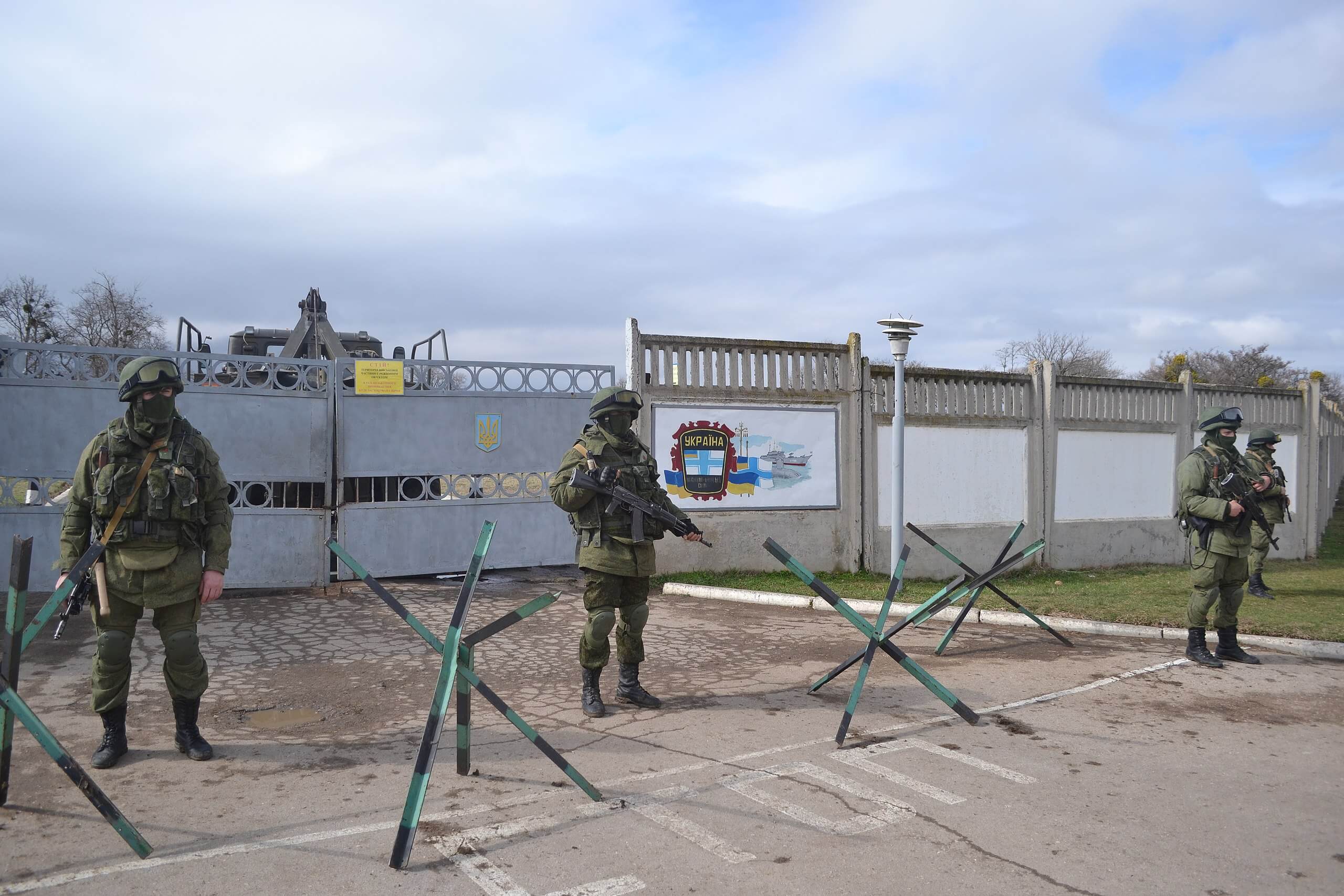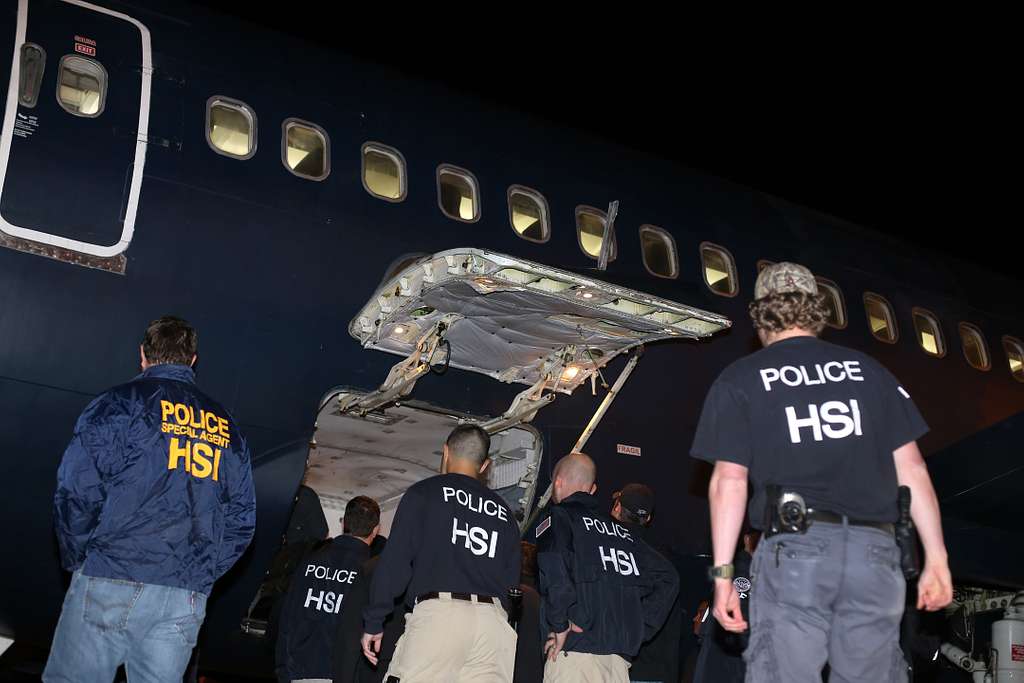Trump Signs Executive Order Imposing ‘Reciprocal’ Tariffs
Published by The Lawfare Institute
in Cooperation With

On April 2, President Donald Trump signed an executive order titled “Regulating Imports with a Reciprocal Tariff to Rectify Trade Practices that Contribute to Large and Persistent Annual United States Goods Trade Deficits,” which imposes a 10 percent tariff on all imports to U.S. and additional “reciprocal” tariffs on approximately 56 countries as well as the European Union.
The order states that the president “declared a national emergency arising from conditions reflected in large and persistent annual U.S. goods trade deficits.” Citing negative effects on the U.S. manufacturing base, supply chains, and defense-industrial base, it claims that U.S. trading partners’ “average [most-favored-nation] tariff rates conceal much larger discrepancies across economies in tariff rates applied to particular products.” The order also references the results of investigations ordered by a Feb. 13 memorandum that directed review of U.S. trading partners’ “non-reciprocal trading practices.”
According to the order, at 12:01 a.m. EDT on April 5 all imports to the U.S. will be subject to a rate of duty of 10 percent. At 12:01 a.m. EDT on April 9 the increased rates for countries specified in Annex I of the order will take effect. These range from 11 percent (imposed on Cameroon and the Democratic Republic of the Congo) to 49 percent (Cambodia),affecting many of the U.S.’s top trading partners. For example, China—which accounts for 13.4 percent of U.S. imports—is subject to a 34 percent tariff (in addition to two earlier rounds of 10 percent tariffs); the European Union is subject to a 20 percent tariff; Japan is subject to a 24 percent tariff; and South Korea is subject to a 25 percent tariff.
Though Canada and Mexico are excluded from Annex I, the order notes that the Trump administration previously imposed duties on Canada due to “a national emergency resulting from the flow of illicit drugs” and on Mexico due to “national emergency resulting from the flow of illicit drugs and illegal migration.”
The order also directs that certain articles be excluded from the rates specified above, including some already subject to tariffs, such as steel and aluminum; products listed in Annex II of the order, such as pharmaceuticals, semiconductors, or lumber articles; and more.
According to the order, if any trading partner “retaliate(s)” against the tariffs through “import duties on U.S. exports or other measures,” the president may increase the tariffs. Conversely, if trading partners take steps to “remedy non-reciprocal trade arrangements and align sufficiently with the United States on economic and national security matters” the president may decrease the tariffs.
Read the order here or below:





